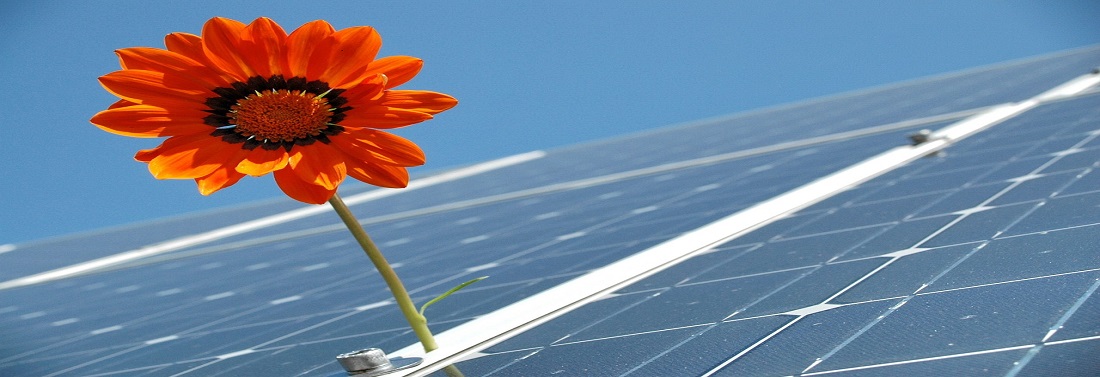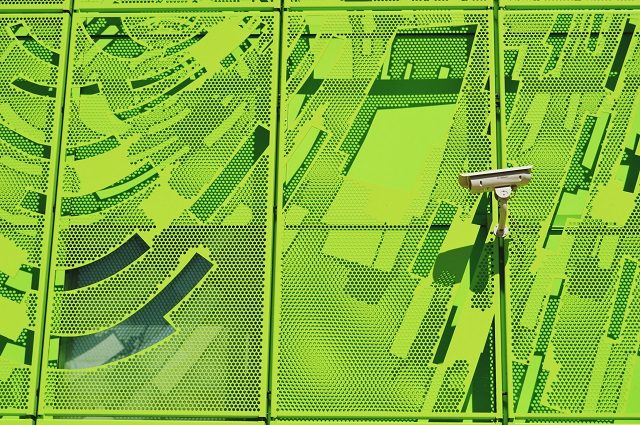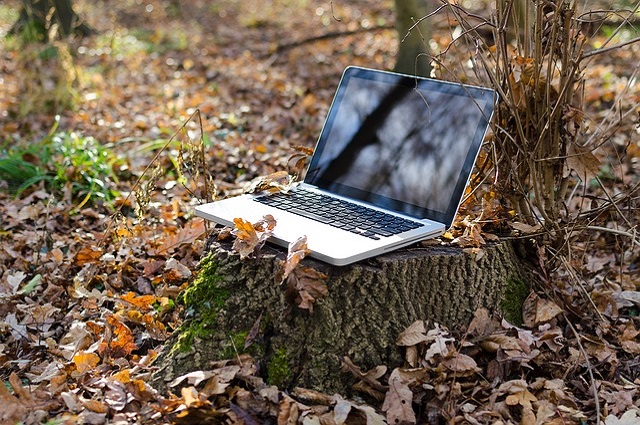Modern Tech in Eco-Friendly Businesses
Green technology has more benefits to an eco-friendly business than simply helping the environment. While such an honourable cause is always a great motivator, green technology can also be used to improve the workplace. Many businesses are already adopting the green platform for various reasons – from improving their financial status to productivity boosts. These are some of the latest technologies that environmentally-aware businesses are using to their advantage.
Cool roofs
These specially designed roof coverings increase solar reflections on one side, and decrease thermal emissivity on the other. This way, they prevent the cool or warm air from escaping through the roof. This technology is getting popular in arid climates, as it can lower the indoor temperature by more than 10 degrees. Cool roofs also decrease the heat island effect – higher suburban temperatures when compared to the surrounding countryside. In the height of summer, when energy demands skyrocket, a cool roof can make your business premises less dependent on AC cooling. Materials used for coating the roof surface include special reflective pigments, marble chips, light-coloured slate tiles and cool asphalt shingles.
Green insulation
An effective insulation allows indoor temperatures to remain consistent and comfortable, regardless of the outdoor conditions. Translated to the business level, employees can become more productive and content if their work hours are made more pleasant. Eco-friendly or green insulation is achieved by using recycled materials as insulators. These include cotton insulation composed of recycled denim and cellulose insulation made from recycled newspaper. Cellulose insulation has an additional advantage of being treated with fire retardants before installation. Aside from reducing the amount of energy needed for maintaining constant indoor temperatures, green insulation is an excellent way to reduce the waste.
Electrochromic glass
A new kind of smart glass is an upgrade of the conventional tinted glass. A process similar to the one used in photovoltaic solar cells converts sunlight into low-level bursts of electricity that charge the ions on the window surface, allowing them to reflect light. Unlike low-emittance windows, with electrochromic glass, the user is able to control the amount of light that goes through. Similar to green insulation, smart glass shows its worth best in scorching summer months, when conventional shades and awnings fail to prevent the build-up of heat in your place of business. When incorporated into the buildings automated control system, smart windows can be programmed to tint during the most critical hours and turn transparent as the sun goes down.
Zero-energy buildings
Zero-energy refers to a building’s construction and systems which allow it to operate off the electric grid by producing its own energy. The energy is produced using renewable energy sources like wind and solar power. Zero also refers to the insignificant or non-existing carbon emissions. Combining excellent insulation and passive solar building design with a green power source, these buildings can be highly energy-efficient. However, the secret behind low emissions lies not only in insulation – the whole building is made of materials that are able to collect, store and distribute solar energy.
New solar solutions
It seems that the future market of solar power products will be determined by two factors. The first is efficiency, or the rate by which the sun’s energy can be converted into electricity, and the other is the price. Many solar panels that environmentally-conscious businesses install on their rooftops are the crystalline silicon arrays, which focus more on efficiency than on price. There is, however, another technology called thin-film that uses much less silicon. Although their efficiency is inferior to panels using crystalline silicon, they are much cheaper and faster to produce. Combined with high-yield energy storage batteries like Tesla Powerwall 2, this technology is ideal even for startups and SMEs.
Aside from environmental concerns, many businesses recognise the potential of eco-friendly solutions that can be adopted either for reducing the operating costs or increasing the productivity. Today, there is hardly an aspect of any business that cannot be improved by embracing green technology. Can you see it improving your business?
Author: Will Sandford
Will Sandford is a Sydney based wood architect, blogger and contributor on interior design and ecology blogs. Besides that, he is also interested in home improvement combined with green technology. In his spare time, Will enjoys surfing and rock climbing. He is currently working on his new website.



